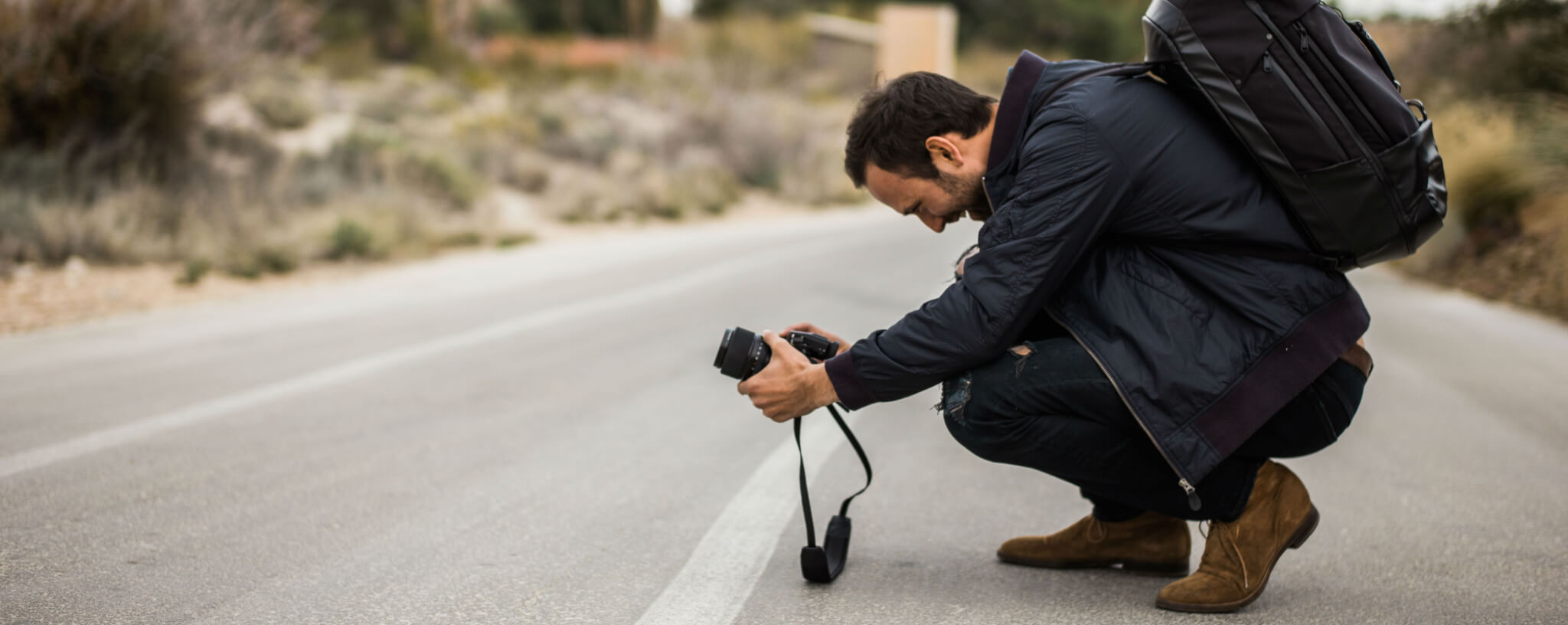2020 had just begun, and the start of a new decade means taking lots of photos! However, capturing the magic you’re seeing in front of you can be a lot harder than it looks.
With that in mind, here are some beginner-friendly tips that will help you take the best photos, whatever time of year it is.
Plan Ahead
The last thing you want while setting up for a family portrait is discovering that your SD card is full, or worse, not even there. The same is true of a dead or dying battery.
Make sure to clear your cards and charge your batteries well before any party or event starts. And since you invested in your photography gear, make sure to always pack them with care, whether that simply means charging your phone and checking its camera settings or bringing a DSLR with a number of different lenses.
Take Some Test Shots
Many gatherings happen indoors with less than optimal lighting. That’s why it’s helpful to take some test shots before everyone arrives, especially if you’re not used to low-light situations or don’t know your camera very well. Taking a few test shots will give you a chance to dial in your settings, troubleshoot without any pressure, and stack the deck in favor of you landing great shots.
Use A Tripod

A tripod might seem a bit of overkill for family gatherings, but if you’re looking to get great images of stationary objects in low light, they really can’t be beaten. It can really come in handy for those special moments that need a longer exposure.
Tripods don’t have to be big and bulky either. In fact, there’s a whole host of lightweight, small-profile travel tripods to choose from these days. You can even find an excellent yet affordable mini-tripod that can fit in a pocket or a purse. Either way, it never hurts to have one on hand, especially if you want to pose the family before a dinner meal. As a bonus, it also ensures that you’ll be in the frame, too.
Turn Off The Flash Indoors, And Bump Up The ISO Instead
One of the more common mistakes beginners make during indoor shoots is letting the automatic flash fire. Sure, it can help get your photos in focus in low-light situations, but it also can create unflattering shadows, whitewashed faces, and images that are overexposed in general.
What a lot of novice shutterbugs don’t know is that increasing the ISO instead of using a flash will get you better results almost every time.
ISO refers to your camera’s sensitivity to light. The higher the ISO number, the more sensitive to light your sensor is and the less light it needs to expose your images. While super-high ISOs can lead to noise in the image, these days most cameras can easily shoot with the ISO just a little elevated—see more here regarding what is ISO for clarification.
For indoor gatherings like a cozy party, try using an ISO setting in the 800-1600 range. Depending on your camera, you may even be able to go up to 6400 or beyond. Modern technology is getting pretty amazing, after all!
Even when taking photos using your phone, try raising the ISO a bit instead of using the flash. Check out these iPhone photography tips for more advice on getting great smartphone photos.
Ditch Auto Mode
Just about everybody starts off using the Auto mode on their cameras (phone or otherwise), but your camera doesn’t always make the best choices. For best results, learn to use some of the other modes on your camera.
For example, aperture priority mode (A or Av) is a really easy step up. It lets you choose the aperture and ISO settings, leaving the camera to figure out the shutter speed.
Another option is shutter priority mode (S or Tv), which lets you choose the shutter speed and ISO, leaving the camera to decide on the best aperture (For indoor gatherings, try starting out somewhere between 1/60 and 1/90.)
Both of these are great step-ups from Auto Mode, and they’re relatively easy to learn and to master. Just make sure to practice a bit before the event you want to photograph so you know how both of these modes work.
Look For Moments, Not Poses
While it will likely be hard to avoid going for at least a few posed family photos, the most touching photos come show how people are with one another and the elements around them.
Try getting shots of your family interacting with each other—maybe laughing or sharing a drink. Or catch them as they open presents or light candles. By taking pictures of people just being themselves, you’ll be more likely to capture memories that will strike a chord long into the future.
If you really prefer to get some staged shots, here’s a guide to posing as a couple that might help make mum and dad look even more loved-up!
Get Down To Eye Level With The Kids

When taking shots of the kids—especially toddlers and babies—try taking shots from their eye level. This allows us to see the world a bit more from their point of view while avoiding the distant feel that shooting from above can often evoke.
Learn To Edit
While it might be tempting to just shoot and share, the best photos usually undergo at least a little post-processing. I’m not talking about adding an Instagram filter, but rather basic (or even more creative) adjustments that will bring out the best in your images.
Adobe Lightroom is the industry standard for pros and amateurs alike, but if that’s a bit much for you there are plenty of other great programs out there that make editing super-fast, fun, and easy. There even a lot of free options out there for both smartphones and computers alike.
Whichever you choose, learning a bit of post-processing will really bring out the shine in your images.
Show off your work!
Whether you’re using your phone or a dedicated camera, coming out with disappointing photos is never fun.
So, if you’re new to the world of photography or just want to get better at capturing the magic of the holiday season, these tips should help you make frame-worthy photos you’ll want to send to your friends and family.
And speaking of frame-worthy, don’t forget to display your images on a Nixplay digital frame!
Whether you’re looking for a smart frame that features the latest in connectivity (i.e. snagging photos from Facebook or Instagram) or just want a trusty digital frame (i.e no wi-fi), Nixplay makes it super easy to display all your favorite images on the wall, on the mantel, or just about anywhere you can think of putting up a photo.
You can even use Amazon Alexa or Google Home Assistant to turn it on or off, or turn on Nixplay’s motion sensor and have the photos magically play when someone enters the room!
We hope these bits of advice will help you capture the magic of the new decade and leave you with some great memories to treasure and display.
Mark is the founder of Shotkit, a site which gives photography enthusiasts a peek into the camera bags of the world’s best photographers.




